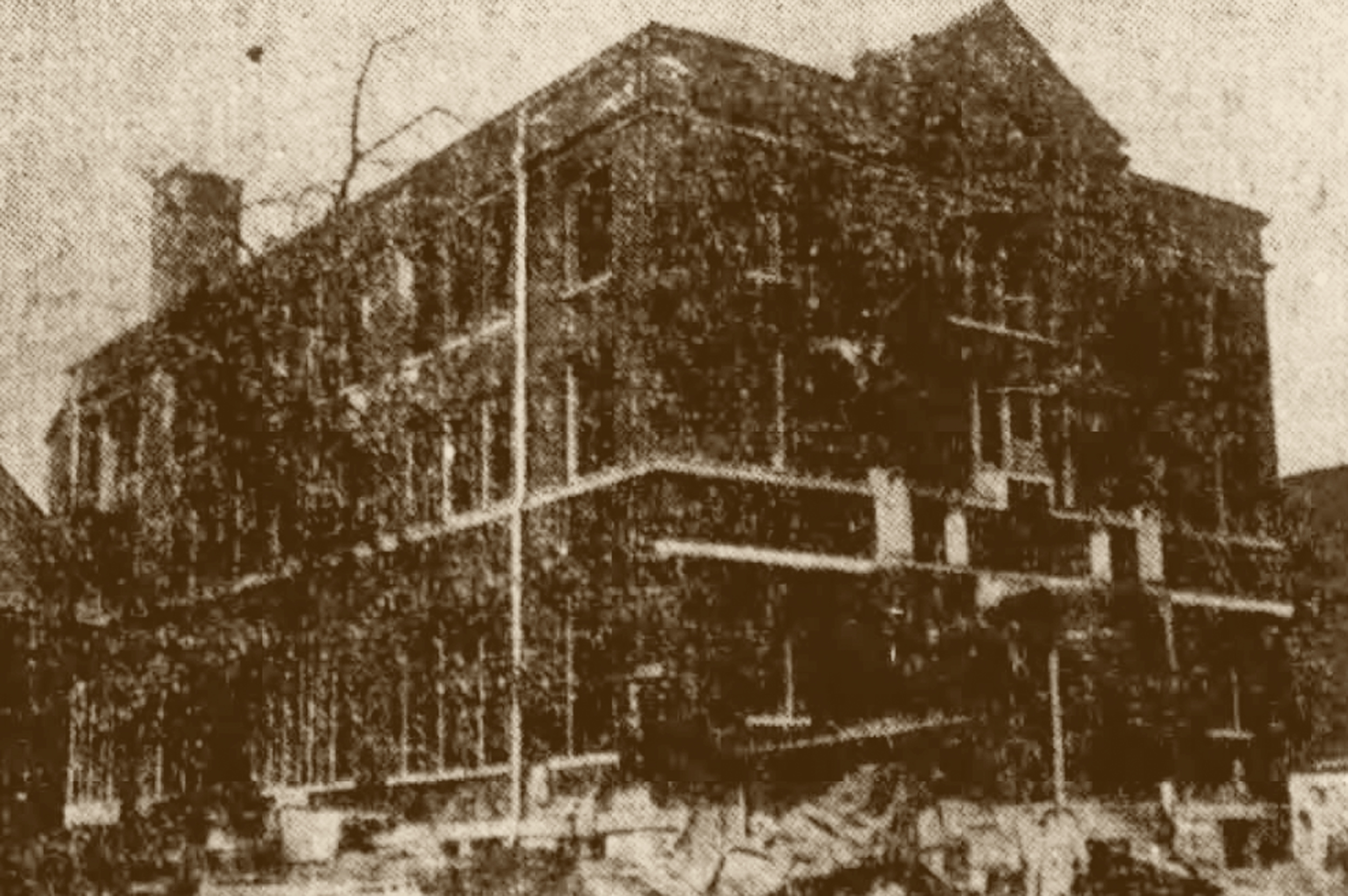 By Steve Cichon
By Steve Cichon
steve@buffalostories.com
@stevebuffalo
What would become known as the Seneca-Babcock section of the city sprung from the outgrowth of the Old First Ward and South Buffalo, St. Monica Roman Catholic Church and school was built on Orlando Street in 1913.

The building was a utilitarian one, and mirrored very closely similar church/school structures that were springing up in newly populated areas – or areas where there were demographic shifts – around Buffalo.
Many newly formed neighborhood parishes built combination church/school structures with the church on the main floor and school rooms upstairs and downstairs.
This particular building was designed by Lansing, Bley and Lyman, and was dedicated on June 14, 1914, by Bishop Charles Colton and Monsignor Nelson Baker.
The parish was carved from St. Teresa on Seneca Street in South Buffalo, St. Stephen on Elk Street in the First Ward and St. Patrick on Emslie Street in the Hydraulics district. Taking from neighborhoods that were Irish, Polish and German, from the beginning the community as St. Monica was based on geography more than ethnicity, as many other Catholic churches around Buffalo of the time were.
